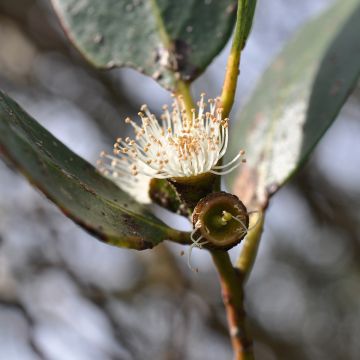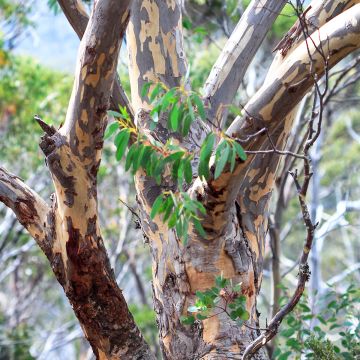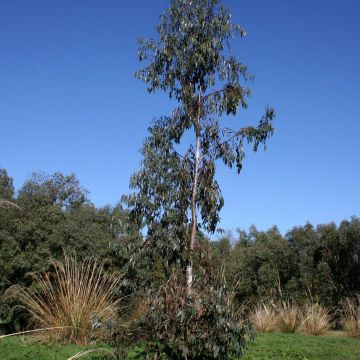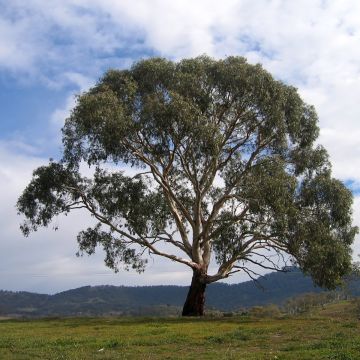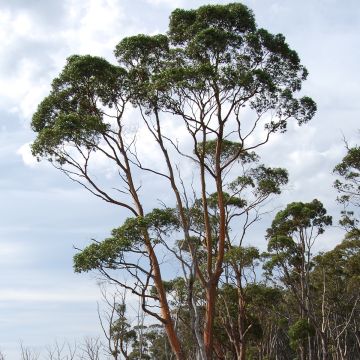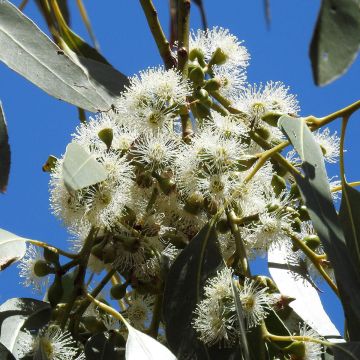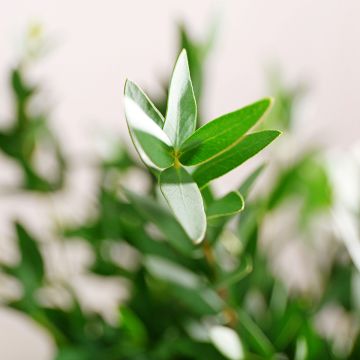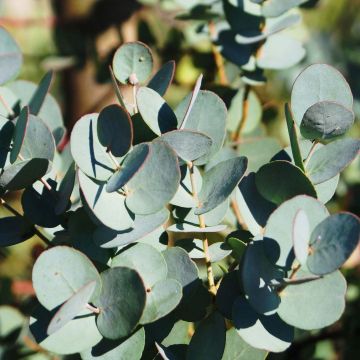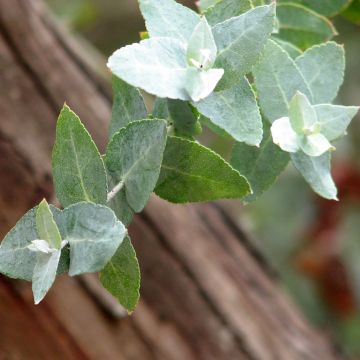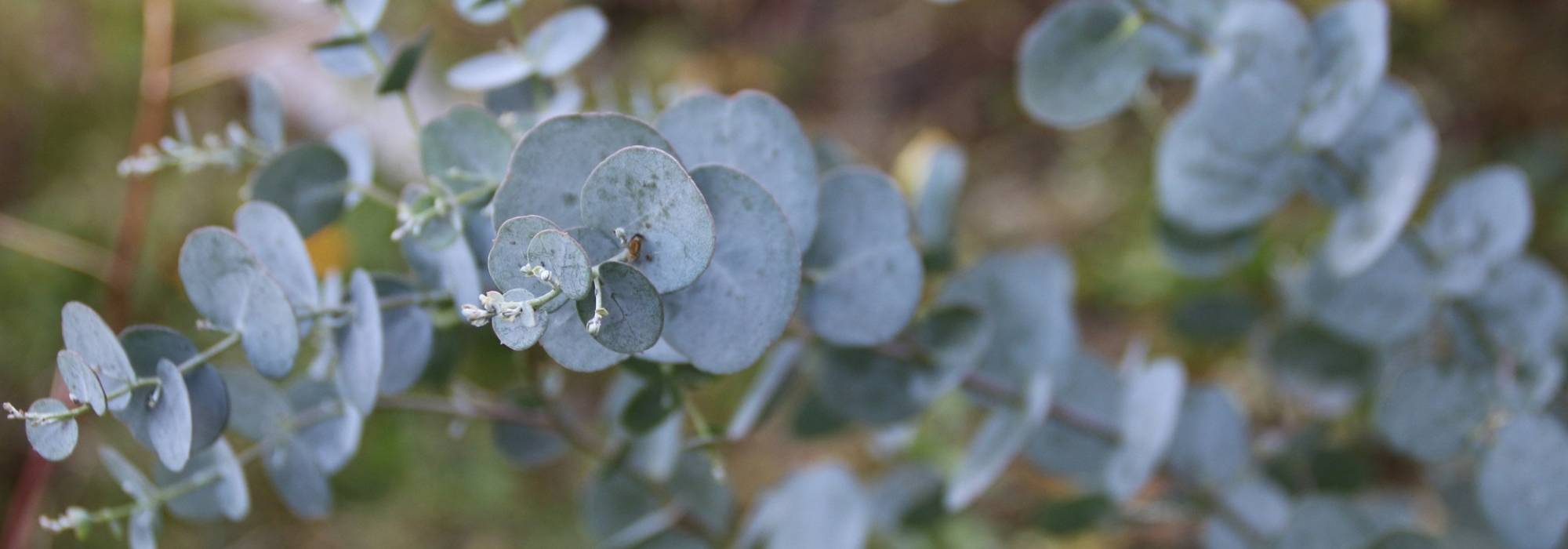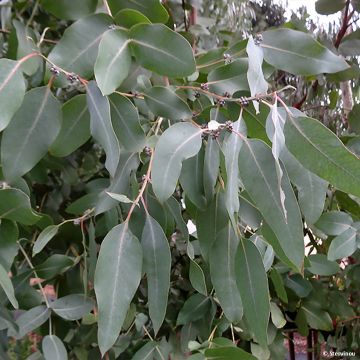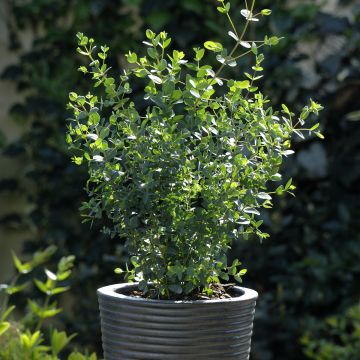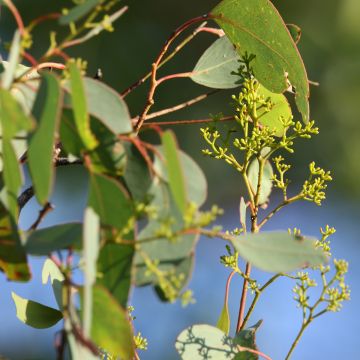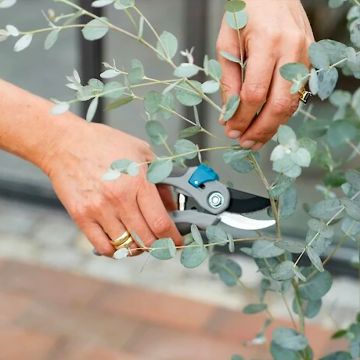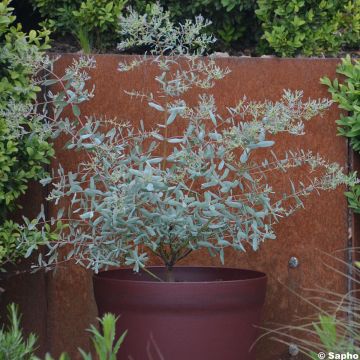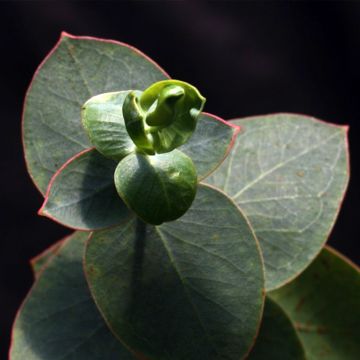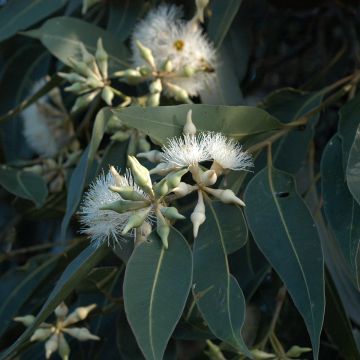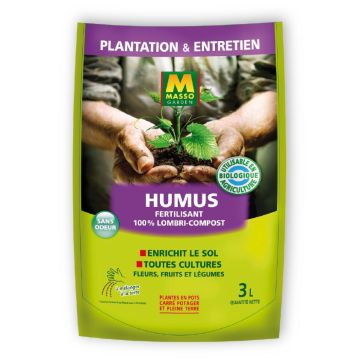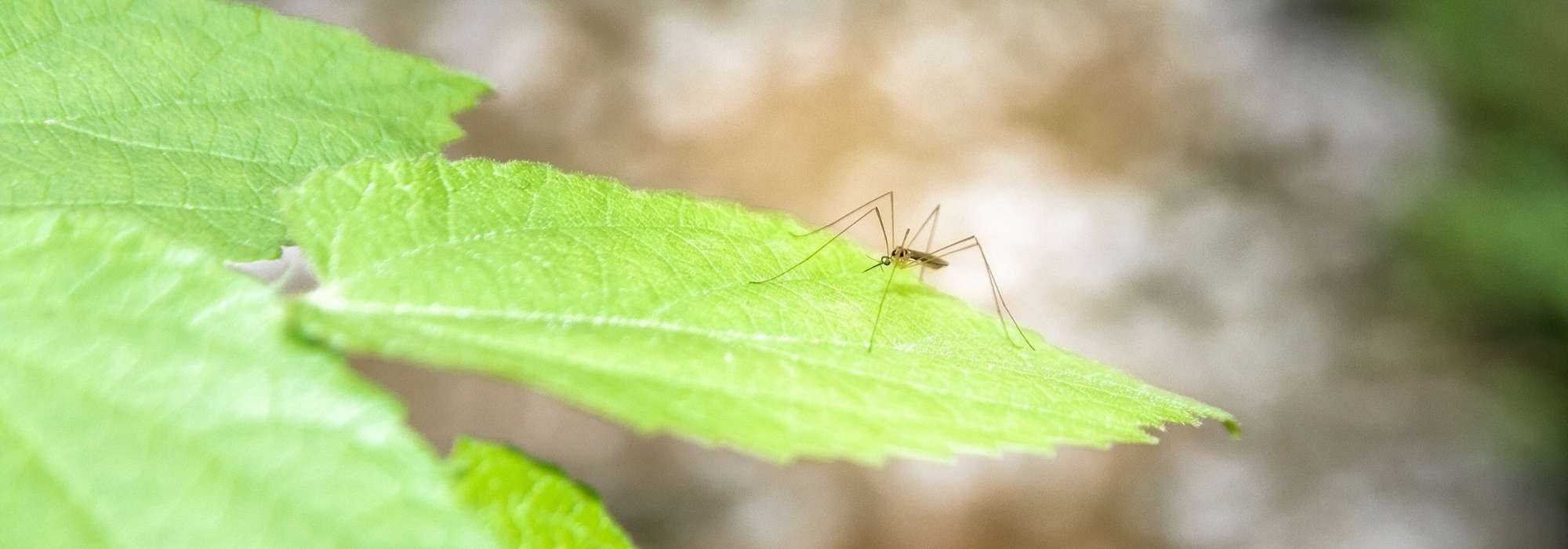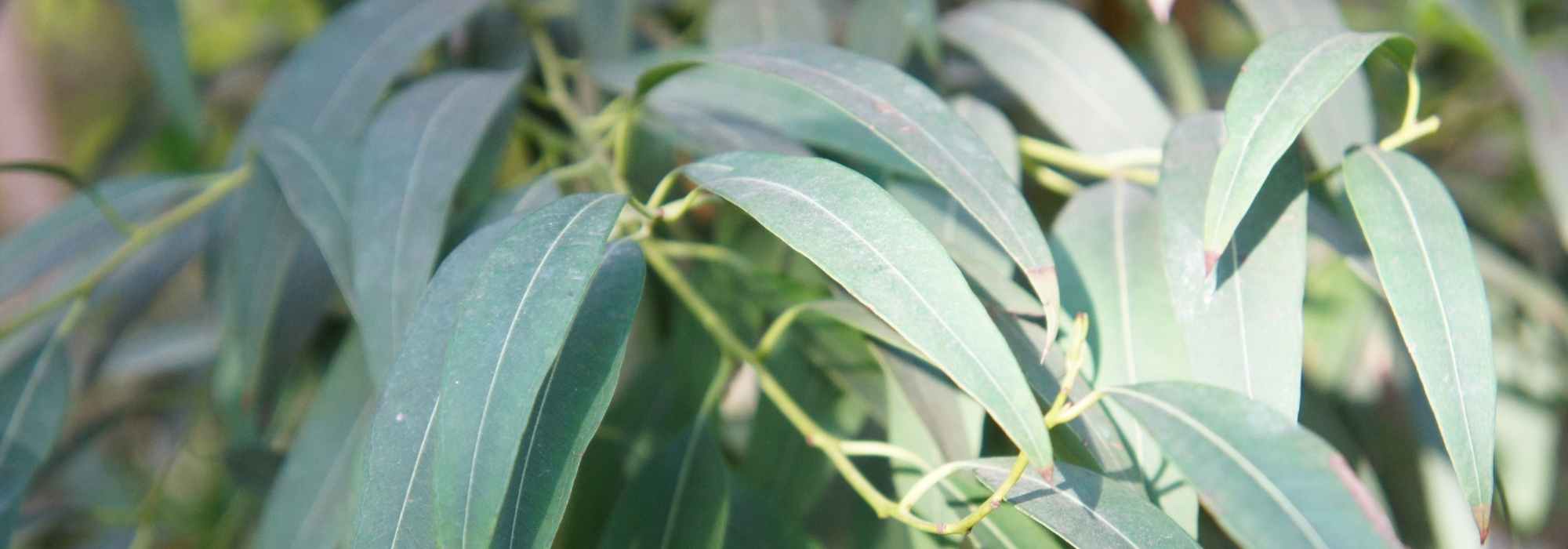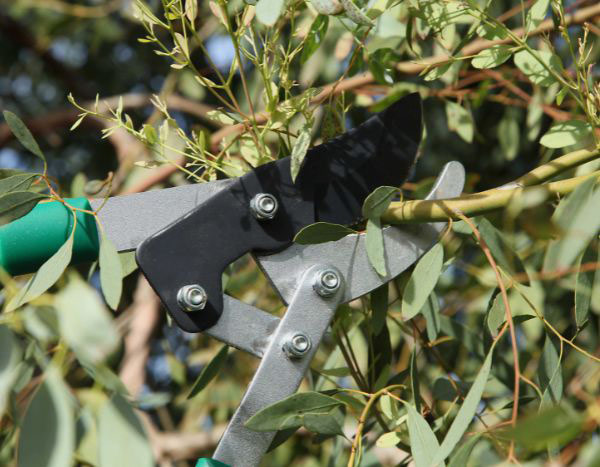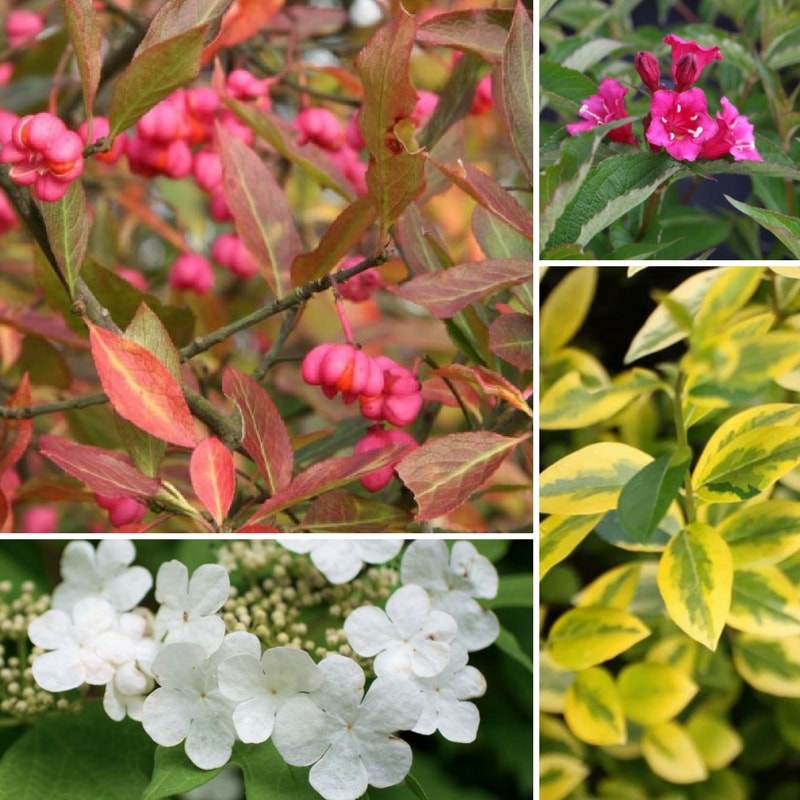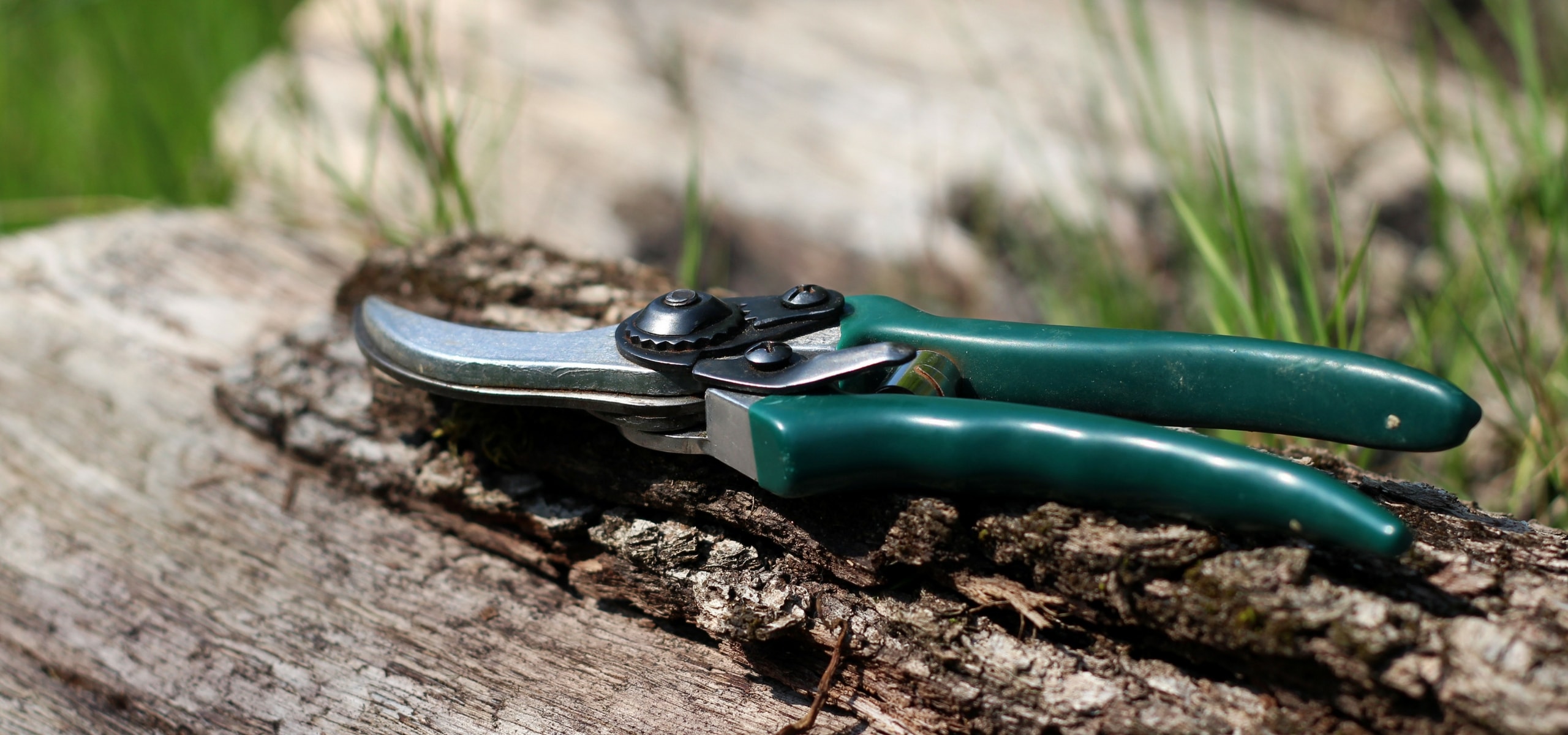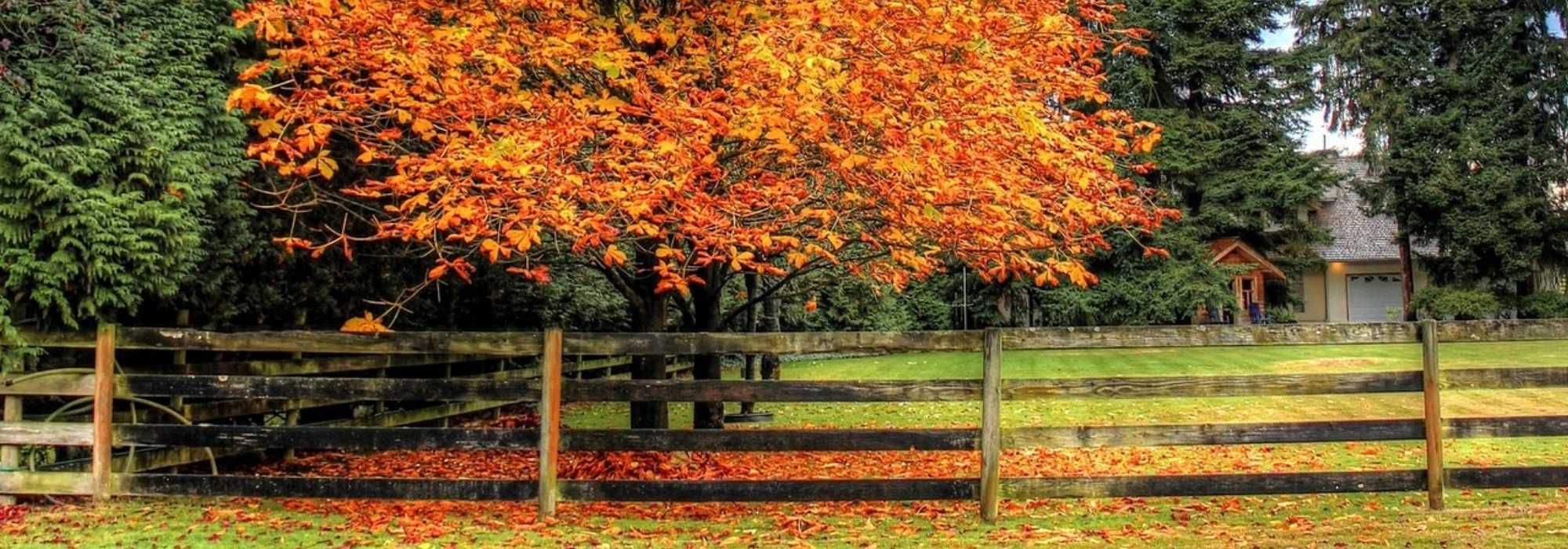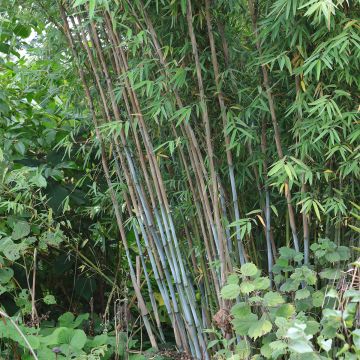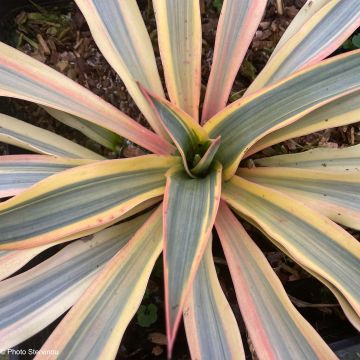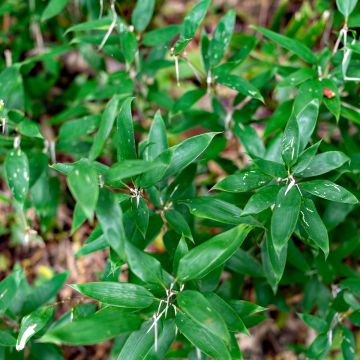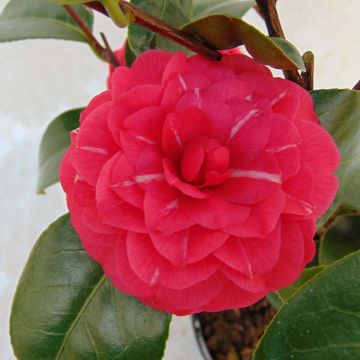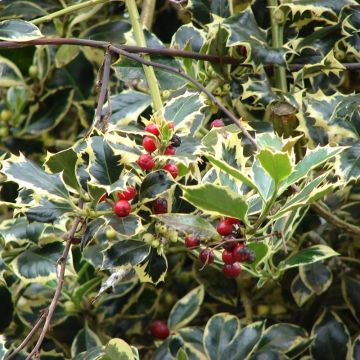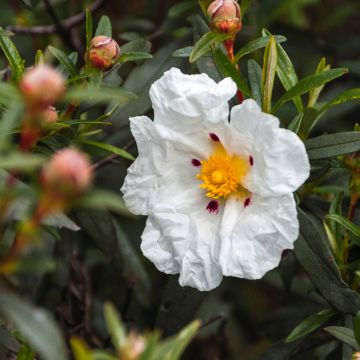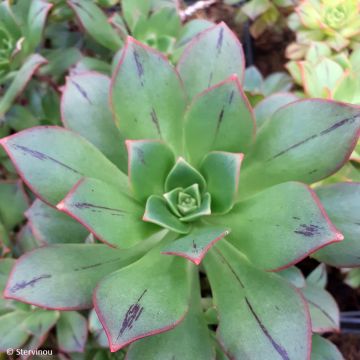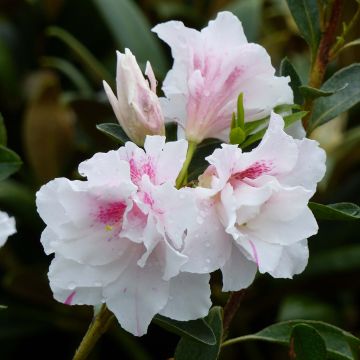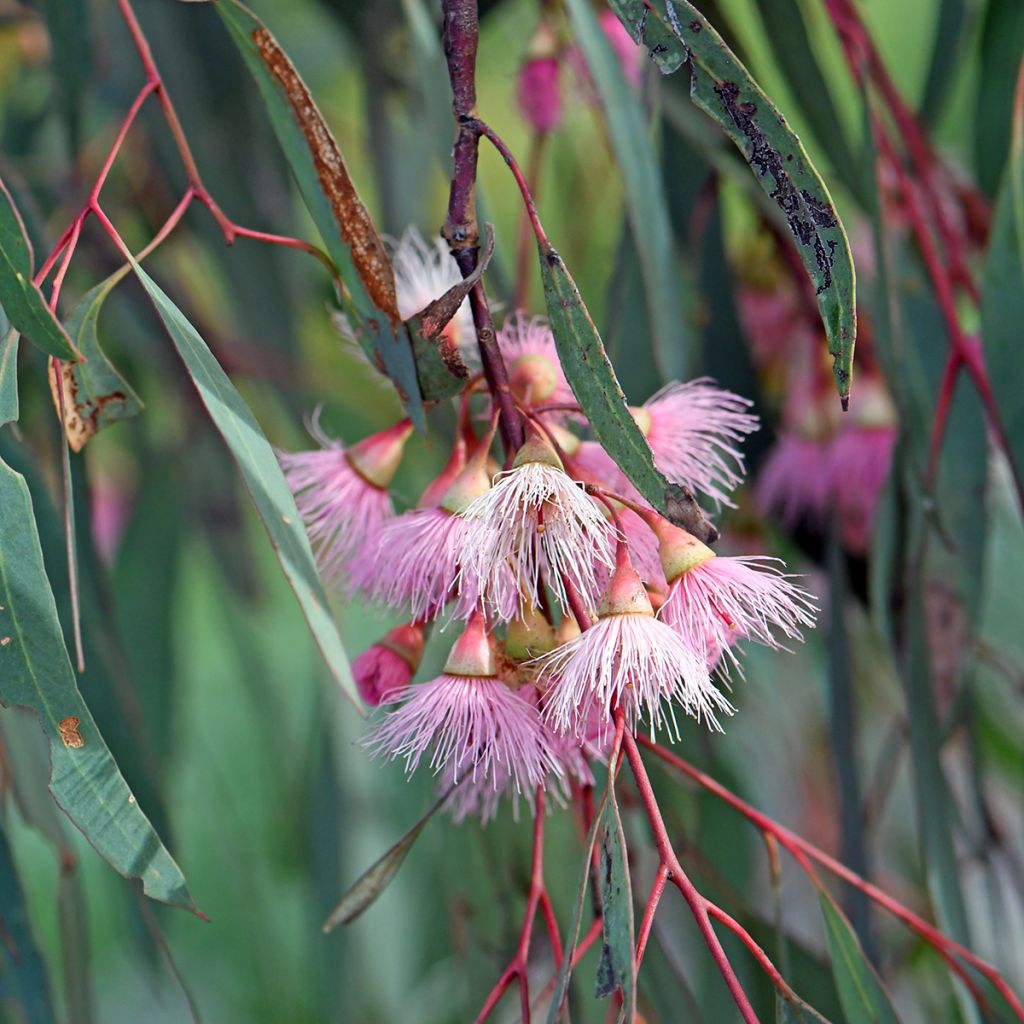

Eucalyptus sideroxylon
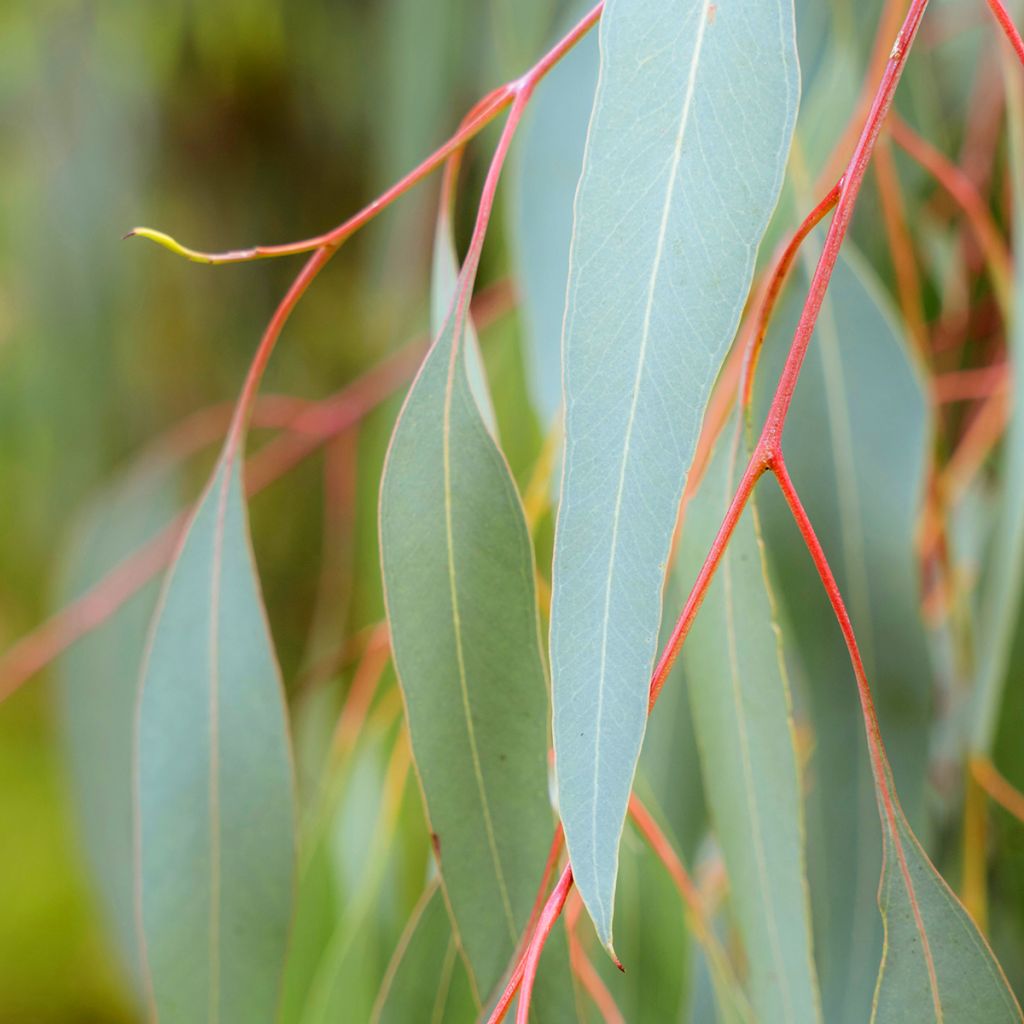

Eucalyptus sideroxylon
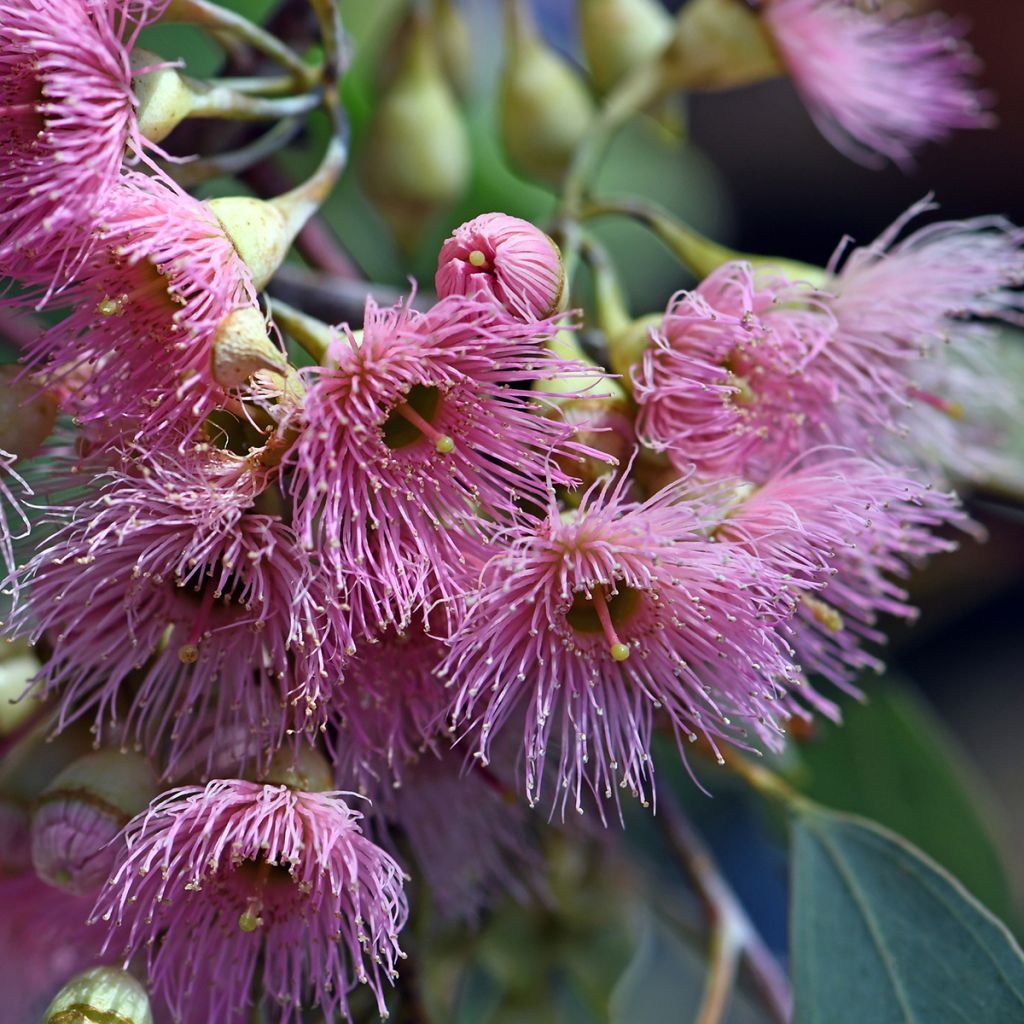

Eucalyptus sideroxylon
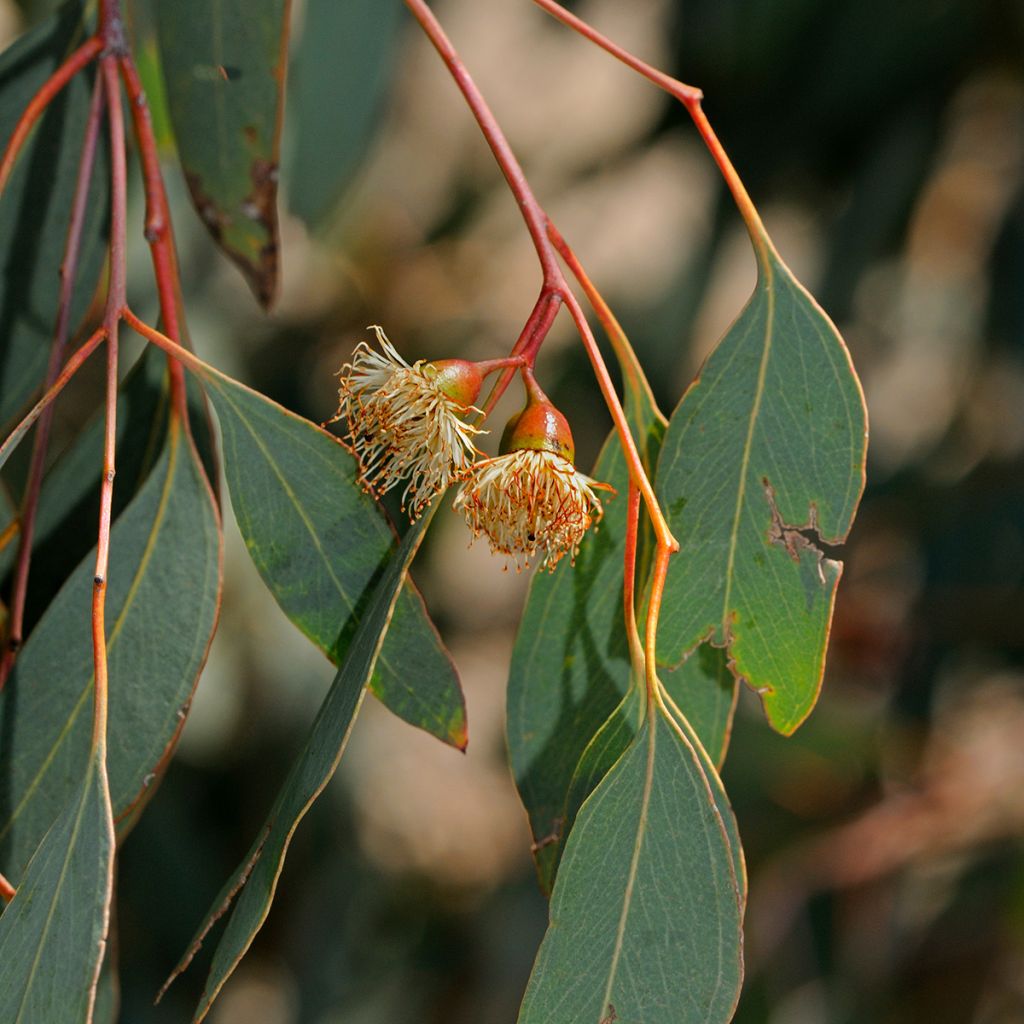

Eucalyptus sideroxylon
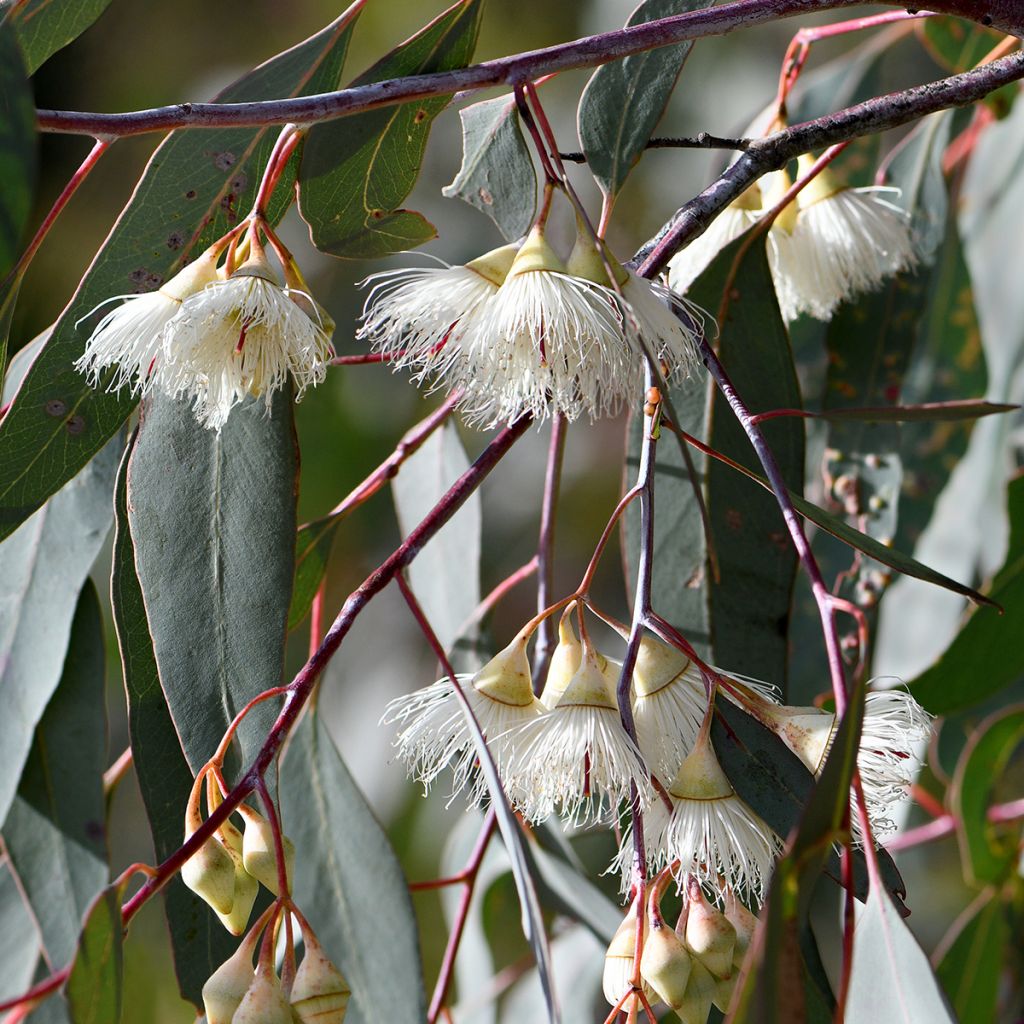

Eucalyptus sideroxylon
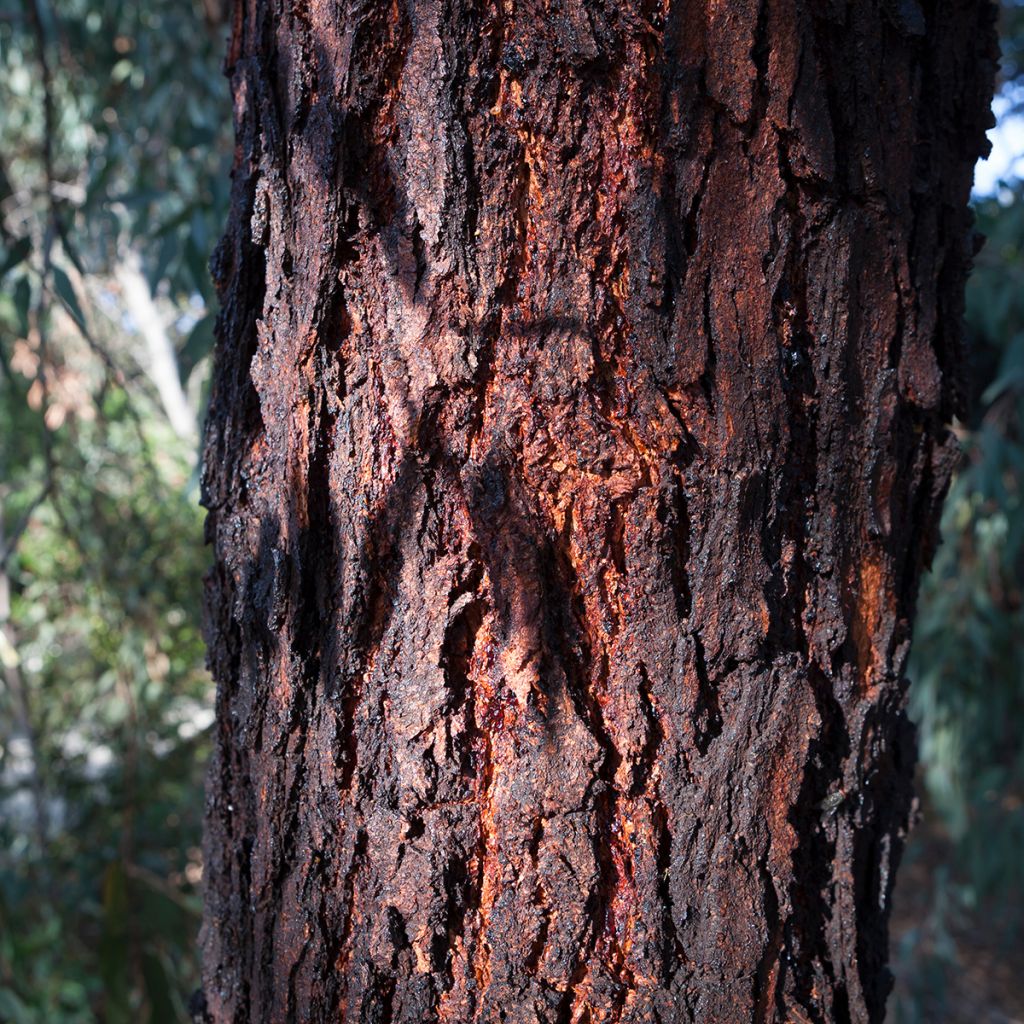

Eucalyptus sideroxylon
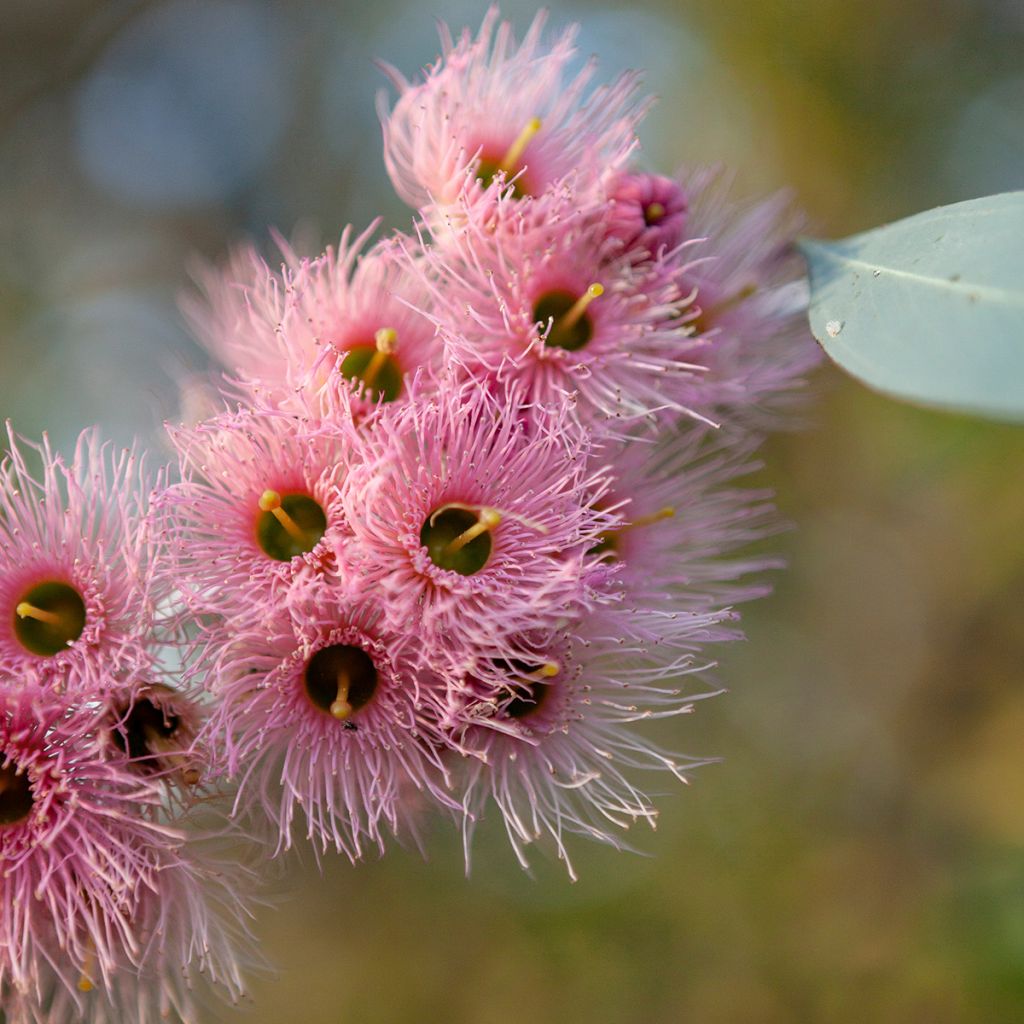

Eucalyptus sideroxylon
Eucalyptus sideroxylon
Eucalyptus sideroxylon
Red Ironbark, Mugga, Mugga Ironbark
Special offer!
Receive a €20 voucher for any order over €90 (excluding delivery costs, credit notes, and plastic-free options)!
1- Add your favorite plants to your cart.
2- Once you have reached €90, confirm your order (you can even choose the delivery date!).
3- As soon as your order is shipped, you will receive an email containing your voucher code, valid for 3 months (90 days).
Your voucher is unique and can only be used once, for any order with a minimum value of €20, excluding delivery costs.
Can be combined with other current offers, non-divisible and non-refundable.
Why not try an alternative variety in stock?
View all →This plant carries a 24 months recovery warranty
More information
We guarantee the quality of our plants for a full growing cycle, and will replace at our expense any plant that fails to recover under normal climatic and planting conditions.
Does this plant fit my garden?
Set up your Plantfit profile →
Description
Eucalyptus sideroxylon, also known as the Mugga gum tree, or more imaginatively, the Ironbark Eucalyptus, is known for its extremely resilient bark. With rapid growth, it forms a beautiful medium-sized tree, with well-distributed vegetation, whose grey-green leaves form a beautiful contrast with the very dark bark. The autumnal flowering is also very ornamental, consisting of small, abundant pom-pom flowers grouped in umbels. Their colour varies according to the origin of the seeds, some plants flowering white, others pink or red. This species resists frost quite well and tolerates many types of soil, provided it benefits from good drainage and a sunny location.
Eucalyptus sideroxylon is a member of the vast Myrtaceae family, which includes approximately 130 genera of plants from tropical and warm temperate regions. Many of them are abundantly planted in gardens (Callistemon, Leptospermum, Myrtus...), like the Eucalyptus of which there are 800 species, almost all originating from Australia.
The natural range of E. sideroxylon thus extends from the northeast of the state of Victoria (all the way south of Australia) to the south of Queensland (Brisbane region) crossing all the east and centre of New South Wales. This vast area is home to various climates, temperate with or without dry season, semi-arid and mild subtropical. This probably explains the great adaptability of this species, also characterised by the development of a lignotuber. This is an underground swelling rich in starch that allows the plant, in case of destruction of the aerial part (fire, animal predation...), to be able to restart from the stump. Axillary buds develop and then regrow the plant.
In its natural habitat, this fast-growing Eucalyptus forms a tree reaching 25 m (82 ft) in height. It is easily recognisable by its almost black, deeply fissured bark, reputed to be hard as iron. This characteristic inspired its species name (in Greek sideros means iron and xylon, bark) as well as its vernacular name of Ironbark (or Red Ironbark). This beautiful tree, with harmonious proportions, adopts a well-branched, erect habit, with a fairly dense crown, with a rounded top. There is a juvenile foliage, with opposite petiolate oblong leaves, measuring up to 11 cm (4.3 in) long and 3.5 cm (1.4 in) wide, green, bluish or greyish in colour. The adult foliage is composed of alternate lanceolate leaves, 5 to 14 cm (2 to 5.5 in) long and 1 to 4 cm (0.4 to 1.6 in) wide, blue-green or grey-green. The overall glaucous to greyish appearance of the trailing foliage contrasts pleasantly with the very dark colour of the bark.
The flowering is also very aesthetic, consisting of umbels of 2 to 7 floral buds, which open into clusters of stamens resembling small pompons of 1 to 2 cm (0.4 to 0.8 in) in diameter. The abundant flowers can be white, yellowish, pink or red, as this species shows marked genetic variability. This is also reflected in a fluctuating flowering period, spreading between April and December in Australia, and generally between September and December in the UK.
Growing in neutral to acidic soils, this Eucalyptus tolerates lime quite well, accepting poor and even dry soils. Its only requirement is well-drained soil, as it fears excess water. It also needs a sunny exposure, especially in cool climates. Its hardiness is -10°C (14 °F), under good conditions, i.e. in dry soil as stagnant humidity accentuates the effects of the cold. In Mediterranean climates it reaches approximately 17 to 18 m (55 ft 10 in to 59 ft 1 in) in height, and will adapt well to hot, dry summers and mild winters.
Eucalyptus sideroxylon is certainly a good choice for the garden for its ornamental qualities and for its hardiness. Its flowers will appear after 6 or 7 years. Its exotic appearance will blend well with other plants of a similar type such as the Acacia boormanii, a small mimosa with very fine foliage and a magnificent yellow flowering in February. Melia azedarach Jade Snowflake, or Variegated Chinaberry, is an easy-to-grow small tree whose pretty green foliage marbled with cream white will create a nice contrast with that of our Eucalyptus. To enjoy an original summer flowering, plant Buddleia weyeriana Sungold, a butterfly tree with unique orange-yellow flowers, which will form a strong contrast in front of the black bark of the Eucalyptus.
Eucalyptus sideroxylon in pictures




Plant habit
Flowering
Foliage
Botanical data
Eucalyptus
sideroxylon
Myrtaceae
Red Ironbark, Mugga, Mugga Ironbark
Australia
Other Eucalyptus
View all →Planting and care
Eucalyptus sideroxylon is best planted at the beginning of autumn, in a mild climate, or at the beginning of spring, after the last frosts, in slightly colder zones. It grows in well-drained soils, even poor ones, and withstands dryness well. This species is quite tolerant to the chemical nature of the soil, even tolerating a bit of limestone.
Plan for sufficient space as it has rapid growth and quickly forms a tree with a wide crown. Like most species, it will grow better in a very sunny exposure. Water well at planting, then regularly the first year, especially in dry weather and if the summer is dry and hot. Then let nature take its course. Once well-rooted this Eucalyptus will manage on its own. There is no need for pruning, but the young plant copes very well with pruning after 3 or 4 years of cultivation.
Planting period
Intended location
Care
Planting & care advice
This item has not been reviewed yet - be the first to leave a review about it.
Similar products
Haven't found what you were looking for?
Hardiness is the lowest winter temperature a plant can endure without suffering serious damage or even dying. However, hardiness is affected by location (a sheltered area, such as a patio), protection (winter cover) and soil type (hardiness is improved by well-drained soil).

Photo Sharing Terms & Conditions
In order to encourage gardeners to interact and share their experiences, Promesse de fleurs offers various media enabling content to be uploaded onto its Site - in particular via the ‘Photo sharing’ module.
The User agrees to refrain from:
- Posting any content that is illegal, prejudicial, insulting, racist, inciteful to hatred, revisionist, contrary to public decency, that infringes on privacy or on the privacy rights of third parties, in particular the publicity rights of persons and goods, intellectual property rights, or the right to privacy.
- Submitting content on behalf of a third party;
- Impersonate the identity of a third party and/or publish any personal information about a third party;
In general, the User undertakes to refrain from any unethical behaviour.
All Content (in particular text, comments, files, images, photos, videos, creative works, etc.), which may be subject to property or intellectual property rights, image or other private rights, shall remain the property of the User, subject to the limited rights granted by the terms of the licence granted by Promesse de fleurs as stated below. Users are at liberty to publish or not to publish such Content on the Site, notably via the ‘Photo Sharing’ facility, and accept that this Content shall be made public and freely accessible, notably on the Internet.
Users further acknowledge, undertake to have ,and guarantee that they hold all necessary rights and permissions to publish such material on the Site, in particular with regard to the legislation in force pertaining to any privacy, property, intellectual property, image, or contractual rights, or rights of any other nature. By publishing such Content on the Site, Users acknowledge accepting full liability as publishers of the Content within the meaning of the law, and grant Promesse de fleurs, free of charge, an inclusive, worldwide licence for the said Content for the entire duration of its publication, including all reproduction, representation, up/downloading, displaying, performing, transmission, and storage rights.
Users also grant permission for their name to be linked to the Content and accept that this link may not always be made available.
By engaging in posting material, Users consent to their Content becoming automatically accessible on the Internet, in particular on other sites and/or blogs and/or web pages of the Promesse de fleurs site, including in particular social pages and the Promesse de fleurs catalogue.
Users may secure the removal of entrusted content free of charge by issuing a simple request via our contact form.
The flowering period indicated on our website applies to countries and regions located in USDA zone 8 (France, the United Kingdom, Ireland, the Netherlands, etc.)
It will vary according to where you live:
- In zones 9 to 10 (Italy, Spain, Greece, etc.), flowering will occur about 2 to 4 weeks earlier.
- In zones 6 to 7 (Germany, Poland, Slovenia, and lower mountainous regions), flowering will be delayed by 2 to 3 weeks.
- In zone 5 (Central Europe, Scandinavia), blooming will be delayed by 3 to 5 weeks.
In temperate climates, pruning of spring-flowering shrubs (forsythia, spireas, etc.) should be done just after flowering.
Pruning of summer-flowering shrubs (Indian Lilac, Perovskia, etc.) can be done in winter or spring.
In cold regions as well as with frost-sensitive plants, avoid pruning too early when severe frosts may still occur.
The planting period indicated on our website applies to countries and regions located in USDA zone 8 (France, United Kingdom, Ireland, Netherlands).
It will vary according to where you live:
- In Mediterranean zones (Marseille, Madrid, Milan, etc.), autumn and winter are the best planting periods.
- In continental zones (Strasbourg, Munich, Vienna, etc.), delay planting by 2 to 3 weeks in spring and bring it forward by 2 to 4 weeks in autumn.
- In mountainous regions (the Alps, Pyrenees, Carpathians, etc.), it is best to plant in late spring (May-June) or late summer (August-September).
The harvesting period indicated on our website applies to countries and regions in USDA zone 8 (France, England, Ireland, the Netherlands).
In colder areas (Scandinavia, Poland, Austria...) fruit and vegetable harvests are likely to be delayed by 3-4 weeks.
In warmer areas (Italy, Spain, Greece, etc.), harvesting will probably take place earlier, depending on weather conditions.
The sowing periods indicated on our website apply to countries and regions within USDA Zone 8 (France, UK, Ireland, Netherlands).
In colder areas (Scandinavia, Poland, Austria...), delay any outdoor sowing by 3-4 weeks, or sow under glass.
In warmer climes (Italy, Spain, Greece, etc.), bring outdoor sowing forward by a few weeks.






























